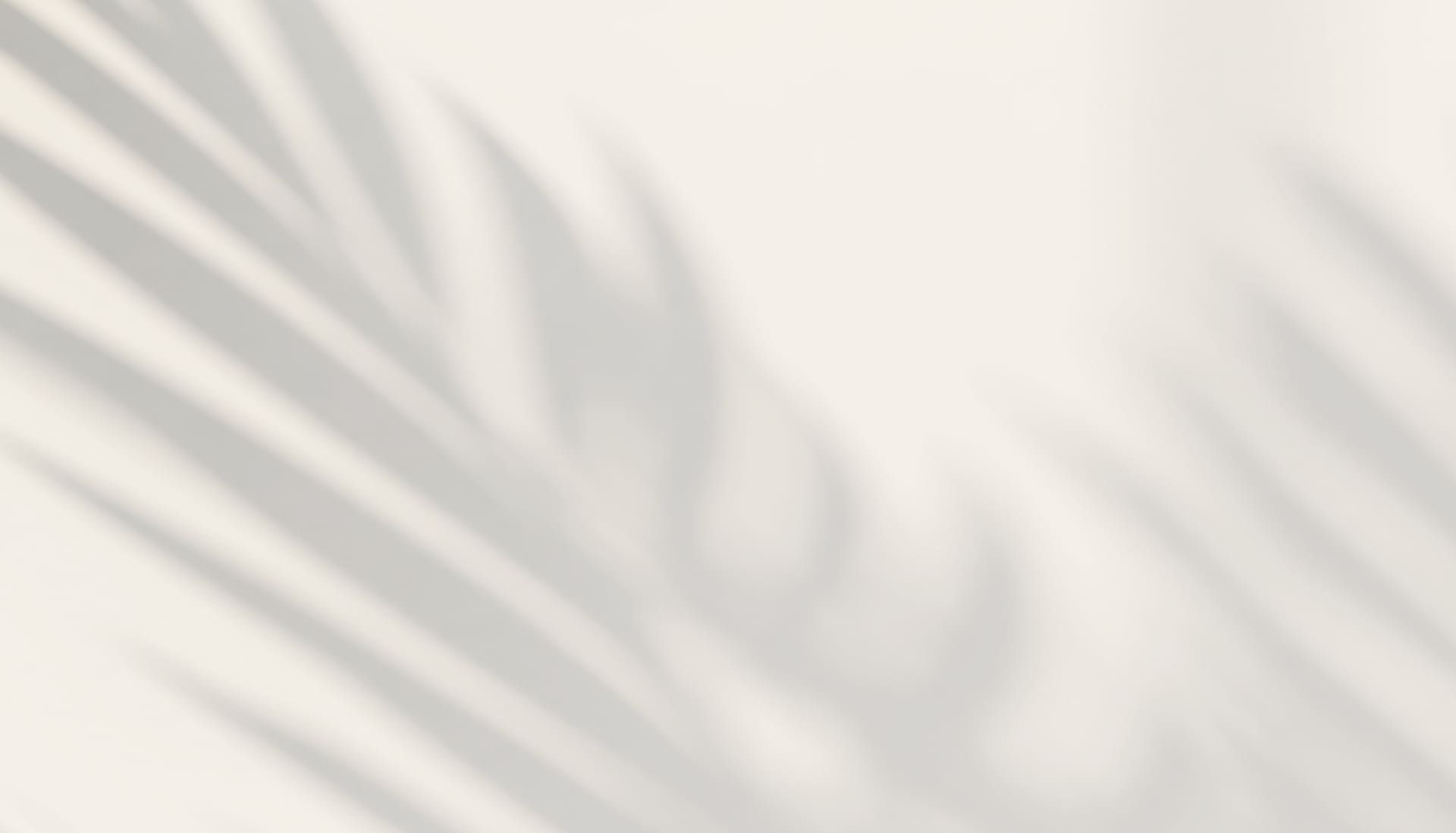The 1920s
The “Roaring Twenties” was a transformational time in women’s fashion. It left behind the conservative styles of the 1910s, consisting long skirts and large hats. Clothes were now less restricting, including shorter dresses and heavy makeup. As World War I was ending, a new woman emerged. The “flapper” most prominently transformed the style of the 1920s woman as she cut her hair, wore makeup, and participated in party activities such as drinking and dancing. Paired along with this change in fashion, the makeup included ivory foundation- making the skin look almost white, contrasting with the heavily applied bold red lipstick. Thin and penciled eyebrows are also common amongst flapper’s classic façade. Women most generally used dark, heavy, and dramatic eye makeup to create their smoky eye look. Made generally from soot and lead, the makeup was used for eyeliner and applied all around the eye. Next, heavy mascara was applied- the first generation was made of wax! Makeup was one of the most vital parts of women’s style in the 1920s and majorly assisted them in asserting their independence.
The 1940s
Full skirts and tight waists replaced the popular flapper style among women in the 1940s . Clothing now communicated a more elegant vibe, as did the makeup and hair, such as curled hair and bright red lipstick. Differing from the 1920s, makeup included more prominent eyebrows, slightly tanned foundation, and minimum eye makeup giving off a glamorous vibe. Light rose face powder was generally applied to the face, as pink and reds were very popular makeup colors. In addition, the color rouge was fashionable, coming in the form of compressed powder to be applied to cheeks and lips for lasting color. The 1940s pulled away from the risqué flapper look and lead into a more classic era for women’s style.
The 1960s
Completely recreating and reconstructing women’s style was the groovy 1960s. Style icons such as Twiggy promoted a fashion that broke previous traditions. Makeup included false eyelashes because eyes were highlighted to be the main focus of the face. Lips were generally kept natural, peach and pale pinks were common. As for eyebrows, thick, neat, or drawn on were all popular methods and styles. Hairstyles varied dramatically, from short bobs to bangs. Clothes were short and typically had psychedelic prints and patterns. The age of nice dressing transitioned to casual wear- a breakthrough in the evolution of fashion. The major switch from fancy dresses to jeans and shirts sparked the 1960s counter culture that represented rebellion and freedom.
The 1980s
Taking clothing and makeup to a whole new level, fashion plummeted into the world of bright colors and legwarmers: the 1980s. Colorful leggings and sneakers were popular among women- especially if bright! Following Madonna’s lead, short skirts and fishnet gloves were worn. Makeup played a part in this wild era, the main focus being bright colors and eye shadow. Bold, bright, and big- the guidelines that most women of that era followed! Bright cheeks were common, as was dramatic eye shadow- ranging from blues, purples, and greens. The fun era of the 1980s gave women so much personality- especially when expressed through makeup and style!
The 2000s
Shifting into a more modern and calm area, the 2000s moved away from the wild 1980s. Replaced with various different styles, most fit into the category of casual. Some of the various fashions of today include bohemian, preppy, edgy, bright, dramatic, minimalistic, and urban. All styles of the 2000s are very different- but nothing is too out of the ordinary. Makeup follows that trend, as it is generally more natural. Mascara, eyeliner, and nude lips are most commonly seen among women in the 2000s. Fashion has finally met a medium- women can dress and wear makeup in their own personal style versus the previous era’s trend of embracing the style of their time. No matter the year, fashion and makeup has established women’s independence and has assisted women throughout time embrace their femininity.


